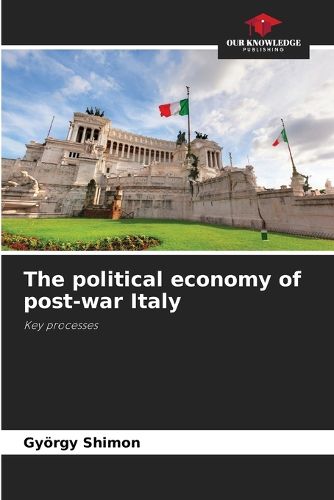Readings Newsletter
Become a Readings Member to make your shopping experience even easier.
Sign in or sign up for free!
You’re not far away from qualifying for FREE standard shipping within Australia
You’ve qualified for FREE standard shipping within Australia
The cart is loading…






In this monograph, Hungarian economist Gyoergy Szymon Jr. examines the political and economic aspects of the key processes in the development of Italian capitalism after World War II, 1939-1945. The author pays special attention to the evolution of the party-political system, as well as the so-called "Italian miracle" and the reasons for its subsequent decline, and Italy's participation in European integration. The chronological framework of the econometric analysis and the database compiled covers the 70 years between 1950 and 2020. Investigating the growth of the Italian economy from the demand side, the author emphasized the role of investment, foreign trade and exchange rate in it. To analyze supply-side factors, we used an endogenous general Caldorovian growth model with an embedded mechanism of technological progress, taking into account both physical and human capital, as well as time as an event space of creative economic activity. On its basis, the total factor efficiency is determined in comparison with the world level.
$9.00 standard shipping within Australia
FREE standard shipping within Australia for orders over $100.00
Express & International shipping calculated at checkout
In this monograph, Hungarian economist Gyoergy Szymon Jr. examines the political and economic aspects of the key processes in the development of Italian capitalism after World War II, 1939-1945. The author pays special attention to the evolution of the party-political system, as well as the so-called "Italian miracle" and the reasons for its subsequent decline, and Italy's participation in European integration. The chronological framework of the econometric analysis and the database compiled covers the 70 years between 1950 and 2020. Investigating the growth of the Italian economy from the demand side, the author emphasized the role of investment, foreign trade and exchange rate in it. To analyze supply-side factors, we used an endogenous general Caldorovian growth model with an embedded mechanism of technological progress, taking into account both physical and human capital, as well as time as an event space of creative economic activity. On its basis, the total factor efficiency is determined in comparison with the world level.